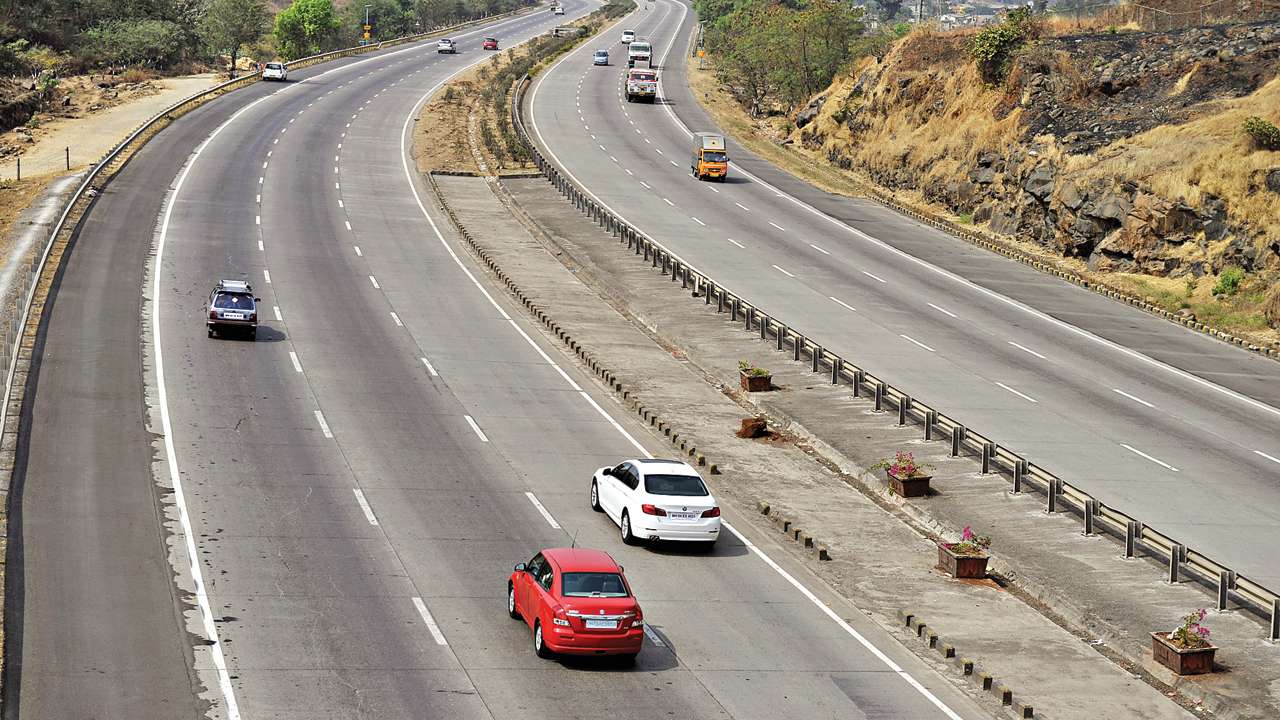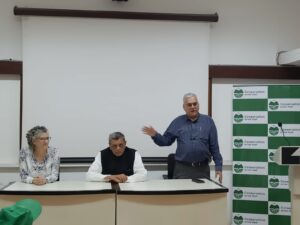Mumbai-Pune Expressway success outweighed project’s criticism
Sanjay Jog, DNA, 20 Sep 2019
Green activists had raised alarm over cutting down of trees, destruction of flora and fauna and species of Golden Squirrel and some other animals from the ghat section.

Touted as India’s first six-lane concrete, high-speed, access controlled tolled 94.6 expressway, its development had the headlines due to strong opposition from environmentalists, land owners and following long drawn legal battle. Green activists had raised alarm over cutting down of trees, destruction of flora and fauna and species of Golden Squirrel and some other animals from the ghat section.
The Bombay Environmental Action Group was one of the litigants who had filed the writ petition in the Bombay High Court with a contention that the conditions of the sanction for the expressway was violated. Even though the environment impact assessment was conducted, it was not thorough one and the construction of Lonavala Khandala bypass was done without obtaining clearance.
However, the Shiv Sena-BJP government during its first stint between 1995 and 1999 reached out all stakeholders with a strong argument on the necessity of expressway to cut down travelling time and eliminate traffic jams. The government roped it bogey of lawyers to argue its case and ultimately it was able to cross the legal hurdle.
Senior BJP leader Nitin Gadkari, who was the public works department in the Sena-BJP government, made series of presentations to the project opponents and took personal interest to prepare government argument to be made in the courts.
The Big Project |
|---|
| The Mumbai-Pune Expressway project was ultimately completed with an investment of Rs 1,630 crore against Rs 3,100 crore projected by the private sector. The six-lane project was completed by MSRDC |
| The first sections opened in 2000, and the entire route was completed, opened to traffic and made fully operational from April 2002. The travel time between Mumbai and Pune was reduced to 2-3 hours |
Further, it was Gadkari’s credit that he not only convinced the then chief minister Manohar Joshi and Shiv Sena supremo late Bal Thackeray that the project can be developed by state undertaking -the Maharashtra State Road Development Corporation (MSRDC) at a lower cost compared to the proposal came from the private sector. The project was ultimately completed with an investment of Rs 1,630 crore against Rs 3,100 crore projected by the private sector.
The tenders were received in August 1998 and orders were issued in September 1998. The first sections opened in 2000, and the entire route was completed, opened to traffic and made fully operational from April 2002. The six-lane project was completed by MSRDC. The travel time between Mumbai and Pune was reduced to 2-3 hours. As per July 2018 figures, over 1,30,000 vehicles ply the 94.6km Mumbai-Pune Expressway every day. The expressway has provided faster connectivity between Mumbai and Pune and also connected cities like Satara, Sangli, Kolhapur, South Konkan, Belgaum, Hubli and Bangalore with Mumbai. This has led to reduction in travel time between these cities.
MSRDC former Superintendent Engineer Pk Koranne said in order to complete such crucial project some mitigation measures was taken. ”They included diversion and revision of some alignment, additional tree plantation and protection of slopes. You have to achieve a proper balance between environment and development and any rigid stand in this regard will prove detrimental. Imagine a situation without the expressway. It would have been a disastrous situation,” he told DNA.
The government has recently sanctioned a Rs 4,000 crore expansion of expressway comprising additional two bridges and tunnels each to cut traffic congestion and also to reduce accidents. Fatalities took place due to driver fatigue and also because of high speeding. MSRDC hopes the stringent provisions in Motor Vehicle Act, 2019 apart from slew of safety measures will help curb accidents.
Further, MSRDC has carried out the corridor planning and techno-economic feasibility report for the land development along the Expressway. It has identified some sites for development of the road side facility for commercialization.
Conservation Action Trust executive trustee Debi Goenka admits that the expressway has certainly reduced the travel time between Mumbai and Pune but this has been done at a tremendous cost of our environment. ”The road widening the Ghats had destroyed the stability of the hill slopes and landslides are common. There is now a new proposal to construct a tunnel though the Ghats which could have been done much earlier,” he concludes.

